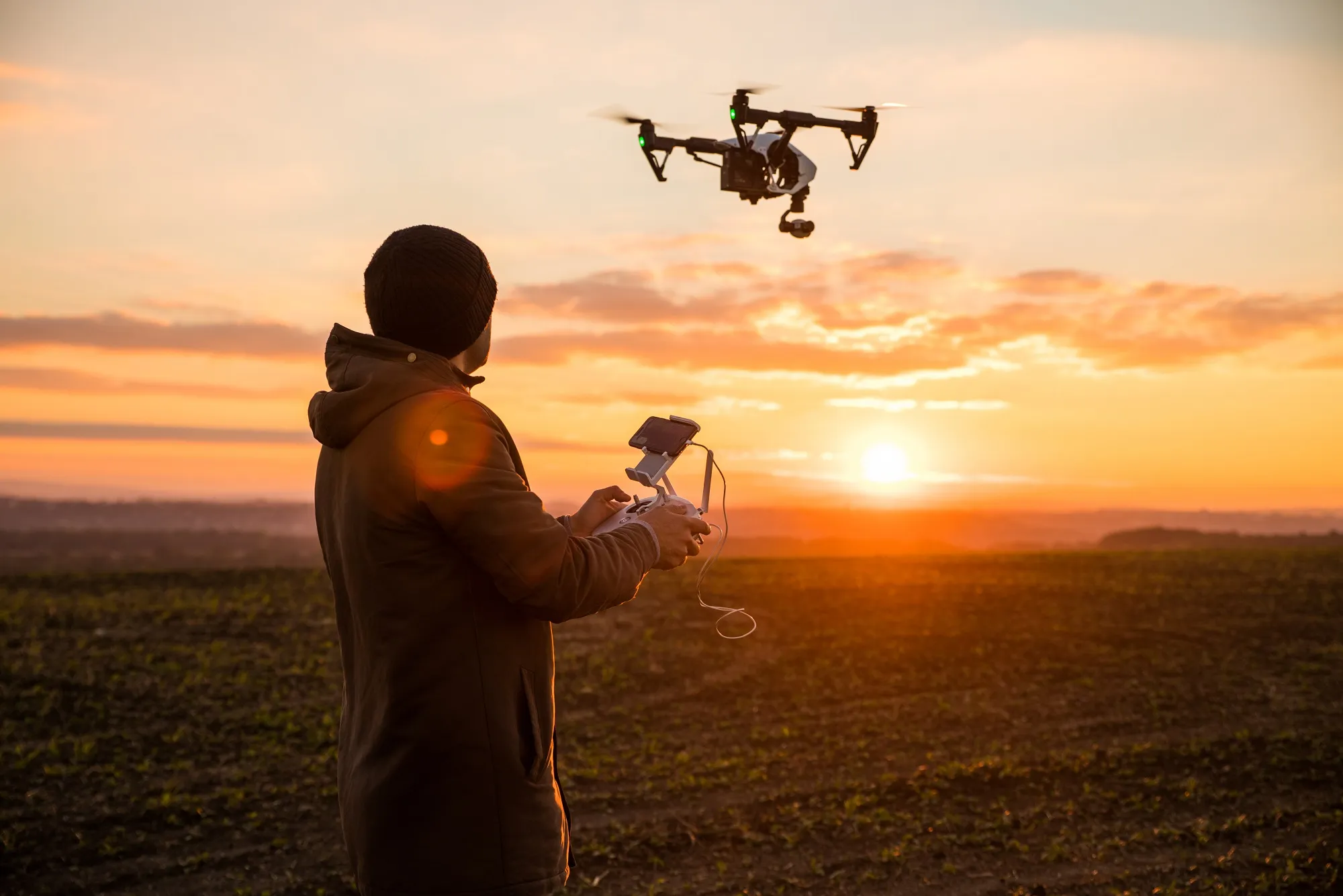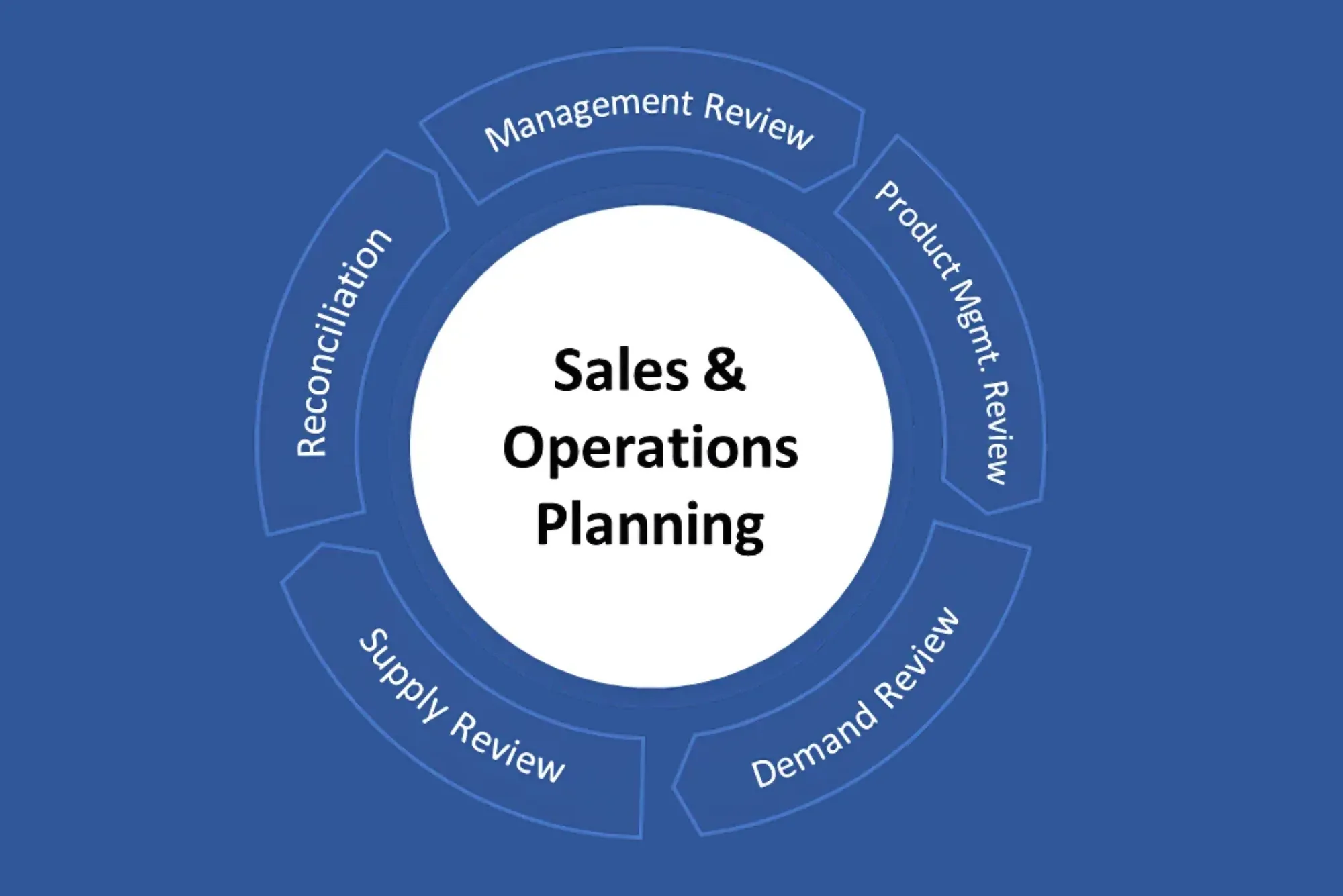Drones, also known as unmanned aerial vehicles (UAVs), have soared in popularity over recent years, captivating hobbyists, professionals, and technophiles alike. These fascinating flying machines come in various shapes and sizes, equipped with a plethora of components that work seamlessly to achieve flight. Understanding the anatomy of a drone is essential for enthusiasts and operators alike. Let’s delve into the fundamental parts that constitute these marvels of modern technology.
Frame
At the core of every drone lies its frame, serving as the foundation upon which all other components are mounted. Frames come in diverse materials such as carbon fibre, plastic, or aluminium, each offering its unique balance of durability, weight, and cost. The frame’s design influences the drone’s stability, agility, and payload capacity.
Motors and Propellers
Motors drive the propellers, generating the thrust necessary for flight. Typically, drones feature brushless motors for efficiency and reliability. Paired with propellers of various sizes and configurations, these components provide the necessary lift and manoeuvrability. The number of motors varies depending on the drone’s design; quadcopters utilise four motors, while hexacopters and octocopters employ six and eight, respectively.
Electronic Speed Controllers (ESCs)
ESCs regulate the speed of each motor, translating commands from the flight controller into precise adjustments of rotational speed. These small yet vital components ensure the drone maintains stability and responsiveness during flight manoeuvres.
Flight Controller
The flight controller acts as the drone’s brain, processing input from onboard sensors and pilot commands to stabilise the aircraft and execute flight tasks. Equipped with gyroscopes, accelerometers, and sometimes GPS receivers, modern flight controllers employ sophisticated algorithms to maintain stability, adjust orientation, and navigate autonomously.
Battery
Powering the drone’s electronic systems and motors, batteries play a crucial role in determining flight duration and performance. Lithium-polymer (LiPo) batteries are commonly used due to their high energy density and lightweight properties, although newer technologies may emerge over time.
Sensors
Drones rely on an array of sensors to perceive their surroundings and navigate effectively. These may include:
- Gyroscopes and Accelerometers: Measure orientation and acceleration, aiding in stabilisation.
- Barometers: Monitor air pressure to estimate altitude.
- GPS Receiver: Provides precise positioning data for autonomous flight and navigation.
- Compass: Helps maintain heading orientation relative to the Earth’s magnetic field.
Camera and Gimbal
Many drones are equipped with integrated cameras and gimbals, enabling aerial photography and videography. Gimbals stabilise the camera, compensating for drone movements to capture smooth, steady footage. The quality and capabilities of onboard cameras vary widely, ranging from basic HD cameras to professional-grade systems capable of shooting in 4K resolution.
Transmitter and Receiver
The transmitter allows the pilot to control the drone remotely via radio signals, while the receiver onboard the drone interprets these commands and relays them to the appropriate components. This wireless communication link enables real-time control and feedback between the pilot and the drone.
Understanding Drone Components
Understanding the components that make up a drone is essential for both enthusiasts and professionals looking to explore the world of unmanned flight. From the sturdy frame to the sophisticated flight controller and sensors, each part plays a vital role in achieving stable, responsive, and safe aerial operations. Whether for recreational enjoyment, aerial photography, or commercial applications, drones continue to revolutionise industries and redefine possibilities in the skies above.











